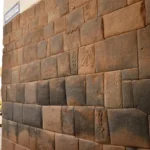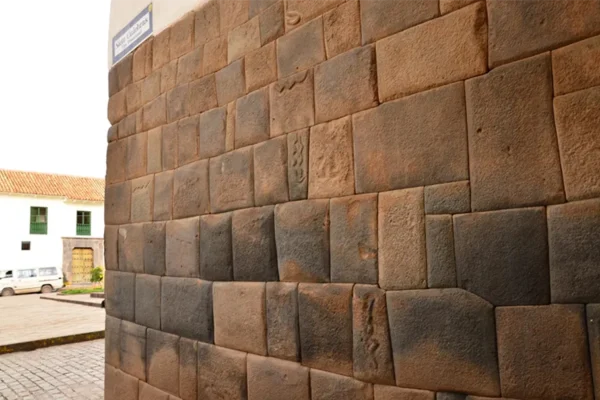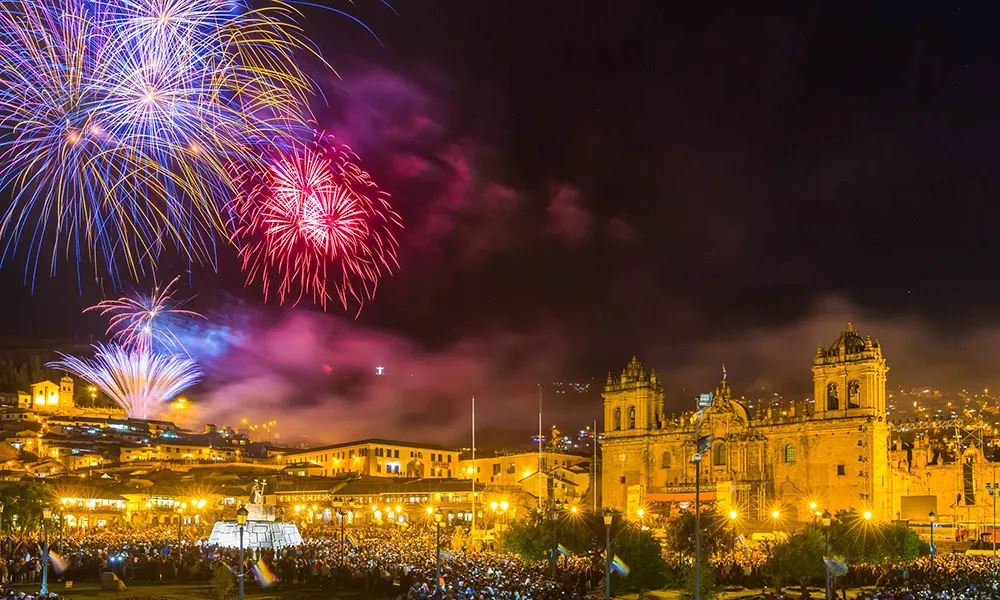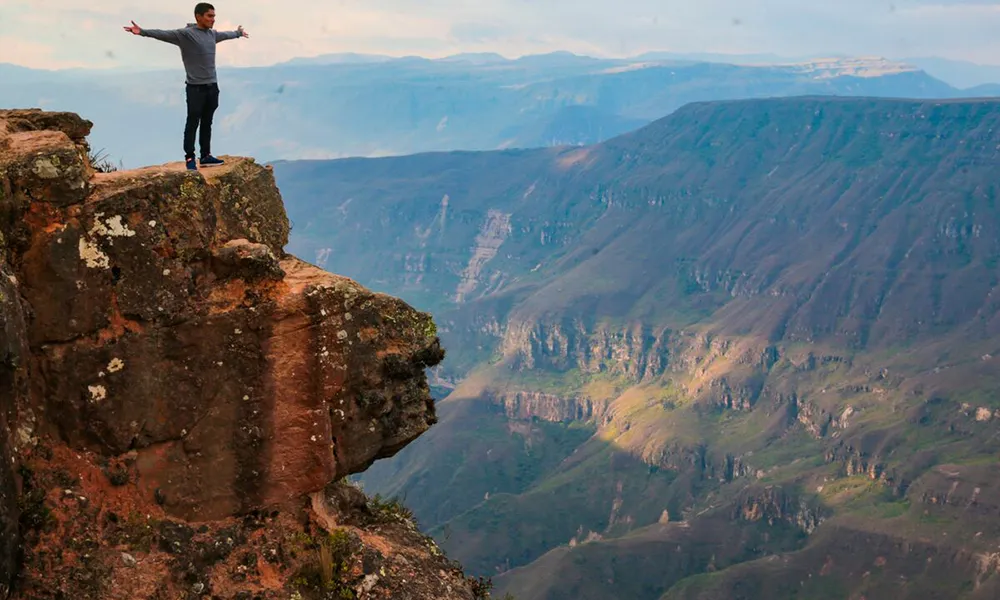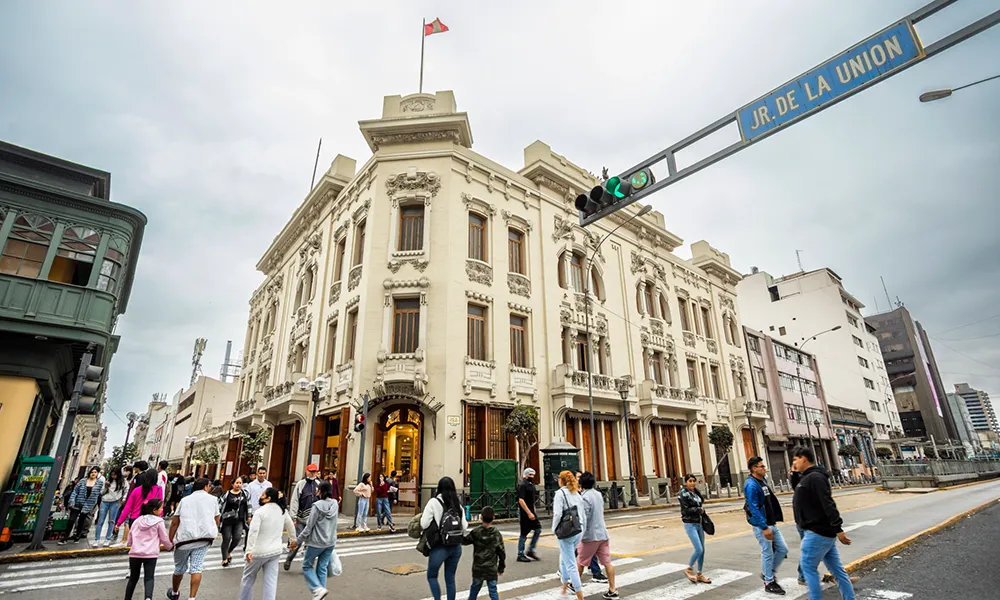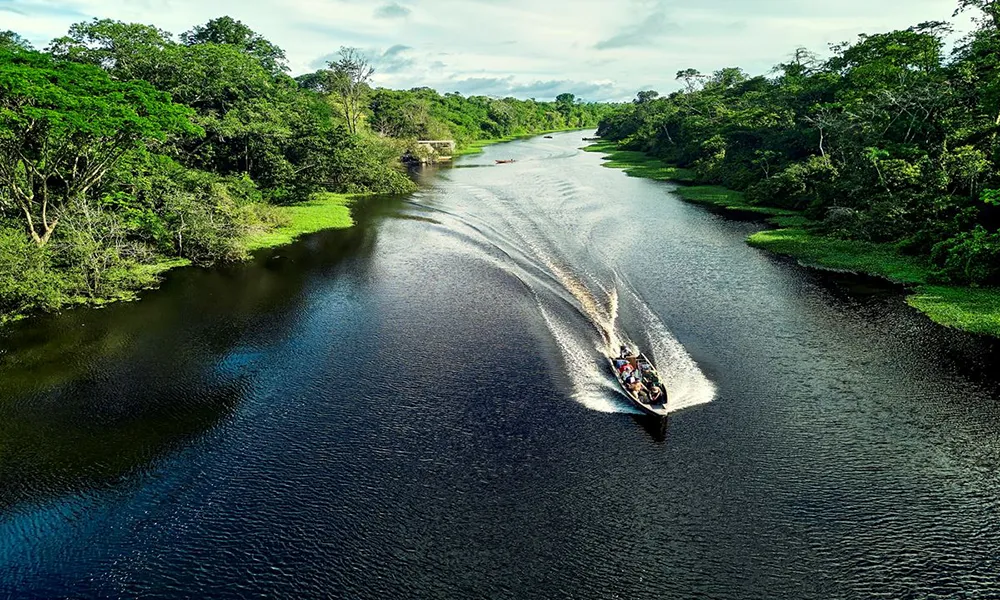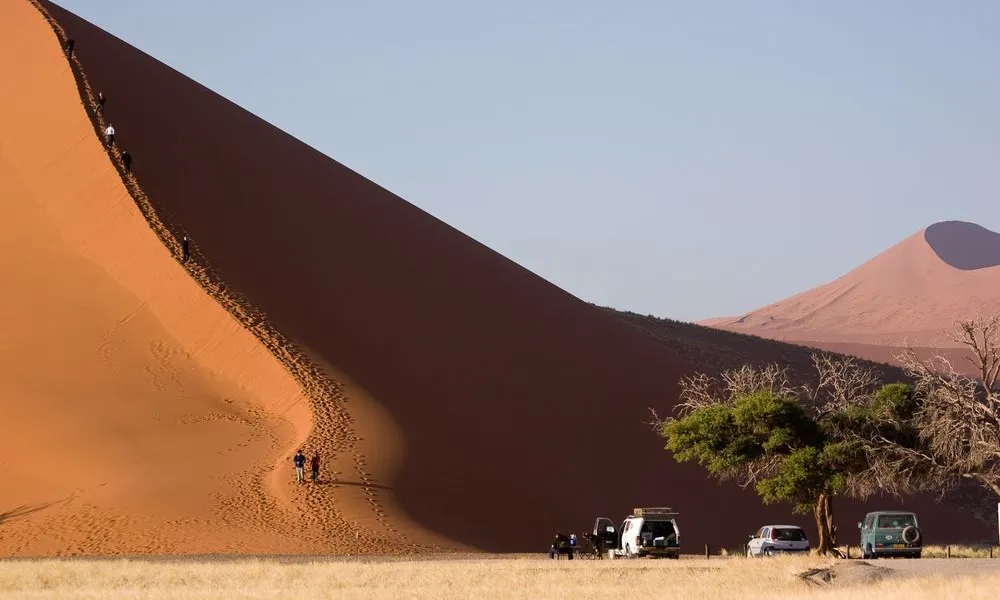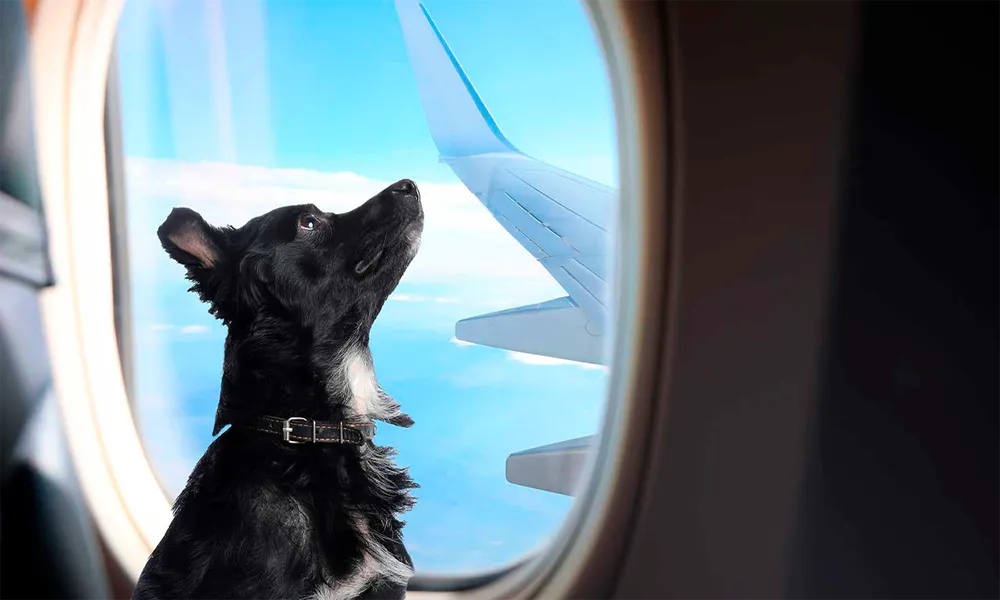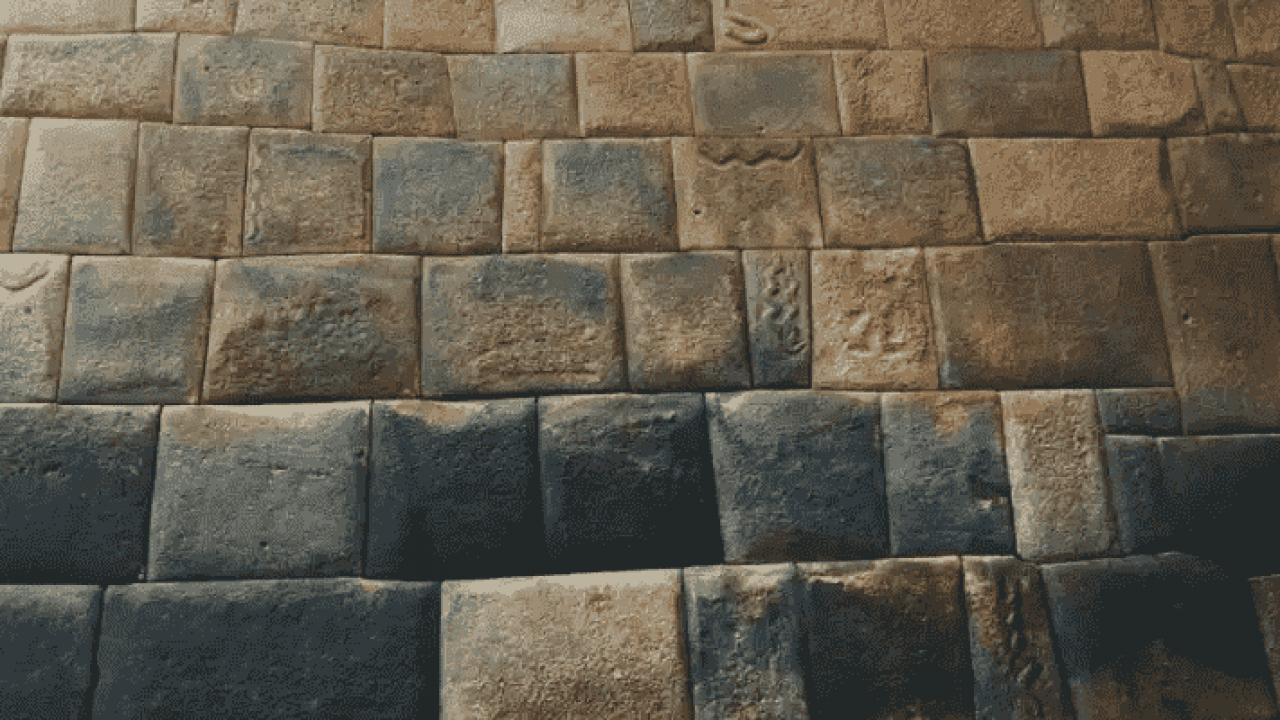
Cusco, the ancient capital of the Inca Empire, is a city that surprises at every turn. Among its cobblestone alleys, Calle Siete Culebras stands out, one of the most enigmatic and symbolic passages in the entire historic center. Its name arouses curiosity, and its architecture reveals the syncretism between Inca and colonial styles. This place is not only a tourist attraction but also a symbol of the city’s cultural and spiritual heritage.
📍 Location of Calle Siete Culebras
Calle Siete Culebras is located in the heart of the San Blas neighborhood, near the Plaza de las Nazarenas, a few steps from Cusco’s Plaza de Armas. It is a narrow, quiet passageway that connects ancient Inca buildings and colonial mansions, making it a must-see for those who wish to discover the city’s secrets.
🐍 Origin of the Name
The name “Seven Snakes” comes from the stone bas-reliefs that adorn the walls of the passage. They depict fourteen snakes (seven on each side) that, according to chroniclers and scholars, represent wisdom, rebirth, and the spiritual connection with Pachamama.
Snakes were considered sacred animals by the Incas, linked to the underworld (Uku Pacha) and ancestral wisdom.
🏛️ History and Symbolism of Seven Snakes Street in Cusco
✨ Inca Origin
Seven Snakes Street sits on ancient Inca walls that, according to various chroniclers, were part of a ceremonial and spiritual wisdom center. These walls were known as Amaru Ccata, an expression that in Quechua refers to the “wall of snakes.” For the Inca, the snake or Amaru was not a simple reptile, but a sacred animal that symbolized:
- Wisdom and profound knowledge.
- The Uku Pacha, or underworld, where hidden and ancestral energies resided.
- Renewal and transformation, due to its ability to shed its skin.
It is believed that the space may have been associated with a center for priestly or astronomical training, where knowledge was transmitted to young nobles. The snakes carved in the stone were guardians of the place, representing spiritual protection.
🐍 The Symbolism of Snakes
The 14 carved snakes (seven on each side) were not placed randomly. In the Andean worldview, the number seven is considered a sacred and repetitive number in rituals and spiritual structures.
Main Meanings:
- Protection: The snakes protected the walls from negative energies.
- Ancestral Wisdom: They represented the knowledge passed down by the Amautas (Inca sages).
- Spiritual Connection: They symbolized the bond between humanity, the earth (Pachamama), and the universe.
- Duality and Balance: 7 on one side and 7 on the other, marking the balance between opposing forces (day/night, life/death, good/evil).
🌌 Legends and Beliefs
Over time, the street became surrounded by popular legends:
- It is said that whoever walks silently down the street and touches the stone walls can absorb the energy of ancestral wisdom.
- Other stories claim that snakes are guardians of hidden knowledge, and that in Inca times there were secret tunnels that connected to larger temples like Qoricancha.
- Some mystics believe that snakes symbolize the awakening of kundalini energy, associated with universal spirituality.
🌟 What to see and do on Calle Siete Culebras
- Observe the Inca reliefs: The carvings of snakes on the walls are the main attraction.
- Colonial and Inca photography: The contrast between Spanish architecture and Inca walls is perfect for photographs.
- Stroll through the San Blas neighborhood: The street is lined with artisan workshops, galleries, and viewpoints.
- Visit the Plaza de las Nazarenas: Nearby, you’ll find historic convents and hotels like the Monastery.
🧳 Travel Tips for Calle Siete Culebras
📅 Best Time to Visit
- Early morning (7:00–9:00 a.m.): You’ll find the street almost empty, ideal for uninterrupted photography.
- At dusk (4:30–6:00 p.m.): The golden light highlights the Inca stones and lends a mystical air to the alley.
- Avoid midday, as the street can be crowded with tour groups.
👟 Recommended Clothing and Accessories
- Comfortable shoes: The floor is cobblestone and can be slippery, especially during the rainy season.
- Light clothing: Cusco’s weather varies, even within a single day; always bring a windbreaker.
- Hat or cap and sunscreen: Sun radiation is strong at over 3,300 meters above sea level.
- Reusable water bottle: Walking through the city center can be demanding due to the altitude.
🌦️ Climate and Precautions
- Dry season (May – October): Ideal for exploring without worrying about rain, with sunny days and cool nights.
- Rainy season (November – April): The streets can be wet and slippery; bring an umbrella or raincoat.
- Altitude: At 3,399 meters above sea level, it’s normal to feel a little fatigue. Walk slowly, stay hydrated, and avoid sudden physical exertion.
📸 Photographic Experience
- Look for the snake carvings on the walls and take the time to photograph every detail.
- Use a perspective angle to highlight the narrowness and depth of the street.
- If you travel at night, be cautious, but you can also capture a magical atmosphere in the dim lighting.
🌍 Cultural and Spiritual Experience
- Take a few minutes in silence to contemplate the carved snakes, as the ancient Incas did.
- If you’re sensitive to energy, place your hand gently on the stones: many visitors feel a mystical and ancient vibration.
- Combine your visit with a tour of the San Blas neighborhood, famous for its artisans, viewpoints, and colonial temples.
❓ Frequently asked questions about Calle Siete Culebras in Cusco
📍 Where is Calle Siete Culebras located?
It’s located in the historic center of Cusco, in the San Blas neighborhood, very close to the Plaza de las Nazarenas and just a 5-minute walk from the Plaza de Armas. It’s a narrow, quiet street surrounded by colonial mansions and Inca walls.
🐍 Why is it called Calle Siete Culebras?
The name comes from the bas-reliefs carved in stone, which depict 14 snakes (7 on each side). For the Incas, the snake, or Amaru, was a sacred animal that represented wisdom, protection, and connection to the spiritual world.
💰 Is there a cost to visit?
No. Seven Snakes Street is completely free to enter and does not require an entrance ticket. You can wander freely at any time of day.
⏱️ How long does it take to visit?
A leisurely stroll can take between 20 and 40 minutes. If you’re interested in photography or want to combine it with nearby visits such as the Twelve Angled Stone or the Plaza de las Nazarenas, you can extend your visit to an hour.
🕐 What is the best time to visit Seven Snakes Street?
- Mornings (7:00–9:00 a.m.): less crowded, ideal for photos.
- Afternoons (4:30–6:00 p.m.): the sunset light enhances the Inca walls.
- You can also visit at night, but it’s not recommended if you’re looking for clear photographs.
🌦️ What is the best season to visit?
- Dry season (May–October): sunny days, clear skies, and better visibility for photos.
- Rainy season (November–April): the environment is more humid and slippery; a raincoat or umbrella is recommended.
👟 Is it suitable for all ages?
Yes, it is an easily accessible street. However, at 3,399 meters above sea level, elderly or height-sensitive people should walk slowly. The cobblestone floor can be uncomfortable for strollers or wheelchairs, so additional support is recommended.


